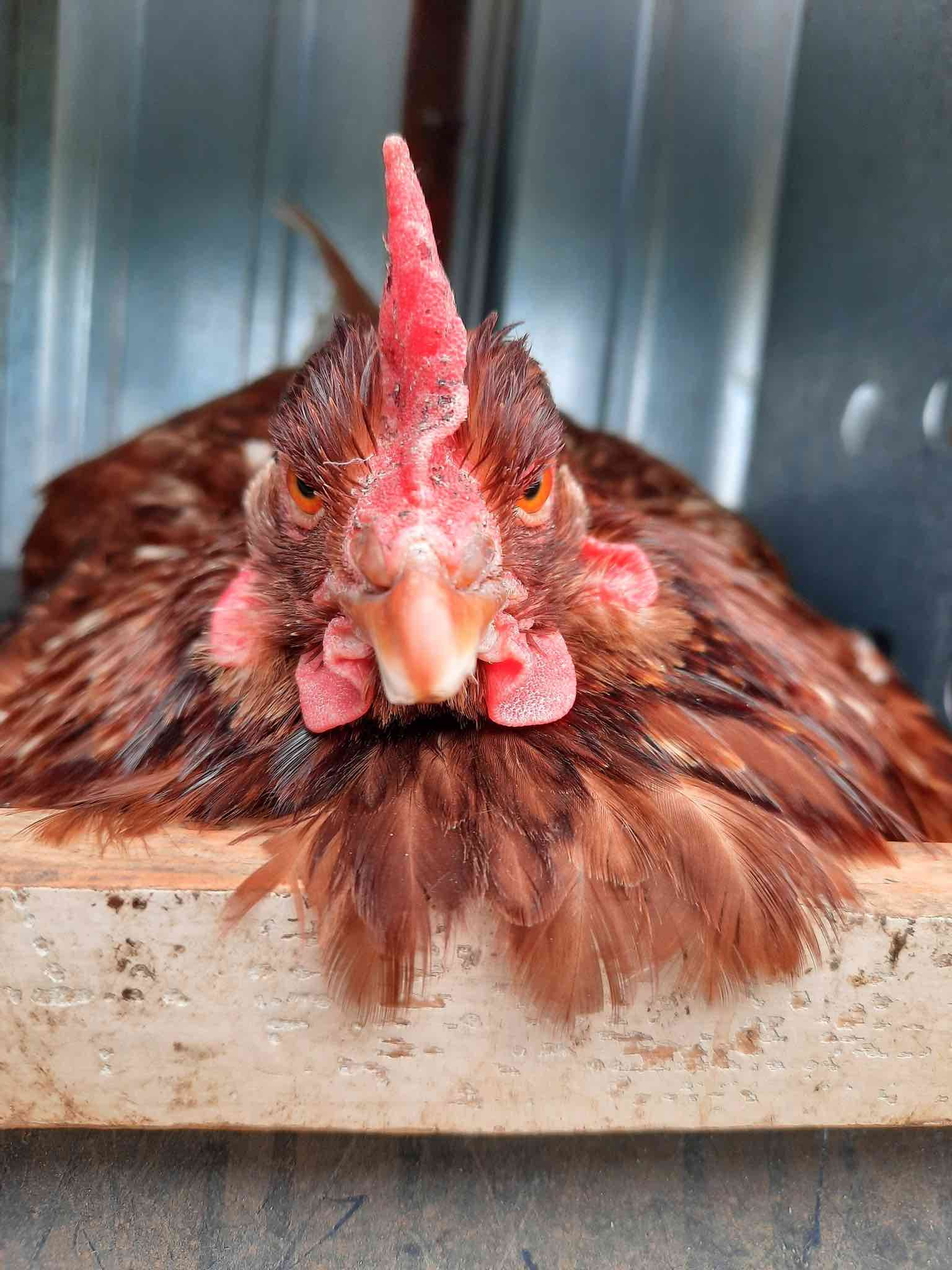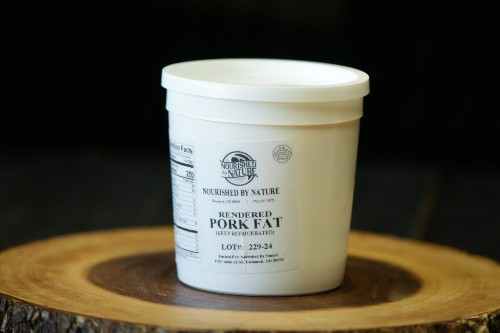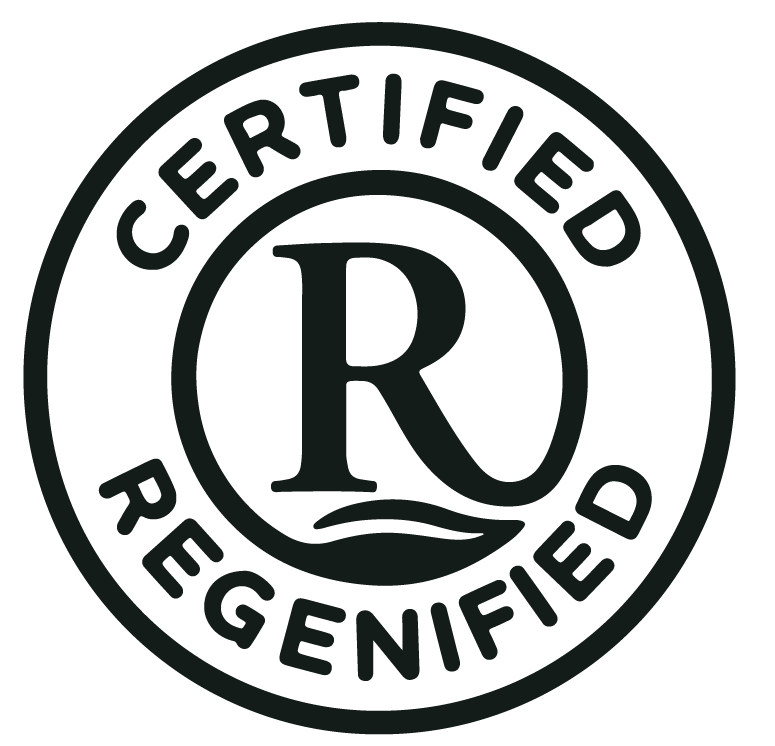Introduction to Chef Dee
posted on
October 30, 2018
I am Chef Dee Quinnett and let me introduce you to my oldest grandchild Lucas. He was working like a trooper in the restaurant kitchen!
After working as a Paramedic in Southwestern North Dakota it was time for a change! I did the scariest thing I have ever done. I went to Chef School! I attended The International School of Culinary at The Art Institute of Pittsburgh. I graduated in 2013 with a Bachelor Degree in Culinary Management with a minor in Culinary Arts. I did my internship at Medora and fulfilled my Senior Project by spending a month in Armenia. I spent 2 years working in a Scandinavian restaurant in Karlstad Minnesota. I am currently teaching Culinary and Restaurant management for North West Area Schools located in South Dakota. I work in a mobile classroom that moves every semester to serve another school in the eight school system. My classroom is set up like a restaurant kitchen and could be licensed to serve food to the public.
I am honored to be coming up with recipes for Nourished by Nature!






